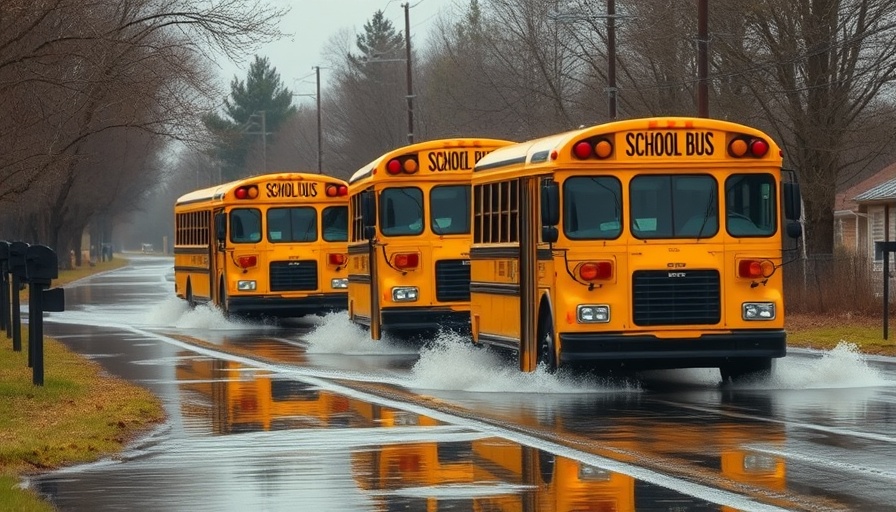
Backpay Blessings for Subway Cleaners: A Second Chance
In a landmark decision, subway cleaners in New York City are set to receive a financial boost after a recent $3 million settlement underscores the importance of understanding wage laws in the cleaning industry. These workers played a crucial role during the COVID-19 pandemic, maintaining a level of cleanliness necessary for public safety.
A Complex Situation Unraveled
The situation arose when the New York City Transit Authority (NYCTA) contracted with two cleaning firms for deep cleaning subway cars. Initially, it was claimed that this role didn't qualify as "building service work," thereby circumventing higher wage requirements. However, an investigation by the city's Comptroller's Office led to a different conclusion. An administrative ruling in 2024 clarified that cleaning subway cars does indeed fall under labor laws governing building services, opening the door for wage compensation for the cleaners.
Understanding Labor Laws: Essential for All
This case highlights the vital need for commercial cleaning contractors to navigate the intricacies of local wage laws confidently. Misinterpretations can lead not only to possible financial penalties but also to potential risks of undermining worker rights. Cleaning companies must clarify legal obligations to ensure fair compensation for their staff, especially in unprecedented circumstances like a health crisis.
Impact on the Cleaning Workforce
The significant portion of the settlement—$2.4 million for LN Pro Services and over $606,000 for Fleetwash, Inc.—reflects the ongoing struggle in industries like cleaning, where workers often face challenges in securing their rights. These funds are expected to assist numerous subway cleaners who maintained essential operations under trying conditions, reinforcing the idea that all workers deserve fair treatment regardless of their position.
The Human Element Behind the Numbers
For many of these cleaners, the financial settlement brings not just relief, but recognition. During the pandemic, they worked tirelessly to ensure that subway cars remained safe for transit, often at the risk of their health. One could imagine the relief and joy these workers feel upon knowing their contributions are finally being acknowledged, paving the way for a brighter future.
Looking Forward: Lessons Learned
This settlement serves as a reminder for all stakeholders in the cleaning industry. A thorough understanding of local labor laws can propel a business forward while ensuring that workers are not left behind. Looking ahead, it's crucial that companies develop robust frameworks to support their employees and foster a culture of compliance and respect.
As we reflect on this backpay settlement and its positive implications, may this initiative inspire change not only in New York City but across the nation. Workers deserve recognition and compensation for their labor, especially in challenging times.
 Add Row
Add Row  Add
Add 




Write A Comment